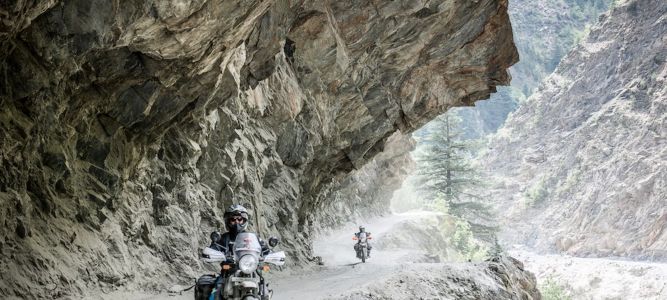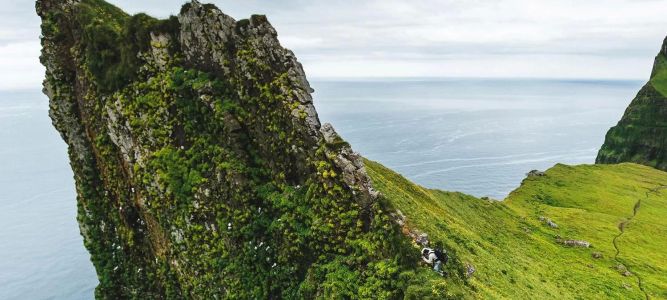- Preparing for the Hike
- Choosing the Right Season
- Essential Gear for the Journey
- Planning Your Itinerary
- Staying Safe on the Trail
- Connecting with Nature
Preparing for the Hike
Hiking the Pacific Crest Trail (PCT) is an adventure of a lifetime. It stretches from the border of Mexico all the way to Canada, crossing through California, Oregon, and Washington. But before embarking on this iconic journey, proper preparation is key.
- Physical Training: Start with a fitness routine that includes hiking, strength training, and endurance exercises to build the stamina needed for the PCT.
- Researching the Trail: Study maps, trail guides, and online resources. Learning about the terrain and climate conditions will help you plan better.
- Logistics: Plan how you’ll resupply food and water, and know where the nearest shelters and medical help are along the way.
Choosing the Right Season
Timing your hike on the PCT is crucial for safety and comfort. Different seasons bring unique challenges to the trail.
- Spring (April - June): Starting early in spring offers cooler temperatures in the desert sections, but you may encounter snow in higher elevations.
- Summer (July - August): While temperatures can be hotter, especially in Southern California, summer offers the best conditions for the Sierra Nevada.
- Fall (September - October): Fall can be ideal, with cooler weather and fewer hikers, but expect some snow at higher altitudes as you approach Washington.
Essential Gear for the Journey
The right gear can make all the difference in your hiking experience on the Pacific Crest Trail. Here’s a look at the essentials:
- Backpack: A lightweight, comfortable backpack with good ventilation is crucial for carrying your gear.
- Sleeping Bag & Tent: Choose a high-quality sleeping bag rated for cold weather and a lightweight tent designed for backcountry camping.
- Navigation Tools: Bring a GPS device or maps to keep track of your route and avoid getting lost.
- Clothing: Layering is essential. Pack moisture-wicking clothes, a waterproof jacket, and durable hiking boots.
Planning Your Itinerary
A well-thought-out itinerary helps ensure your hike goes smoothly. Consider these tips for planning:
- Resupply Points: Research resupply points along the trail where you can pick up food, water, and other necessities.
- Daily Mileage: Set a reasonable daily mileage target based on your fitness level. The average hiker covers 10-20 miles per day on the PCT.
- Permits: Make sure to obtain the necessary permits for hiking in specific areas, particularly in national parks.
Staying Safe on the Trail
Safety is paramount when hiking the PCT. Here’s how to ensure a safe adventure:
- Know Your Limits: If you’re feeling fatigued or unwell, take a rest day or slow down to avoid overexertion.
- Weather Awareness: Monitor weather forecasts for any storms, especially when crossing the Sierra or Washington.
- Wildlife Safety: Be aware of local wildlife, such as bears and mountain lions, and know how to store your food securely.
Connecting with Nature
The PCT offers breathtaking views of rugged mountains, alpine lakes, and dense forests. Beyond the physical challenge, the trail offers an opportunity to deeply connect with nature.
- Mindfulness: Use the trail as a chance to clear your mind and practice mindfulness. Many hikers report feeling a sense of inner peace while trekking the PCT.
- Environmental Responsibility: Leave no trace by following sustainable hiking practices, like picking up trash and minimizing your impact on the environment.
Final Thoughts on Hiking the Pacific Crest Trail
Hiking the Pacific Crest Trail is an incredible experience that offers personal growth, unparalleled natural beauty, and a sense of adventure. With careful planning, the right gear, and respect for the trail and the environment, you can make your hike a success.
Ready to embark on your PCT adventure? For expert advice and assistance in planning your hiking journey, visit Travelers Odessa for all your hiking needs.





